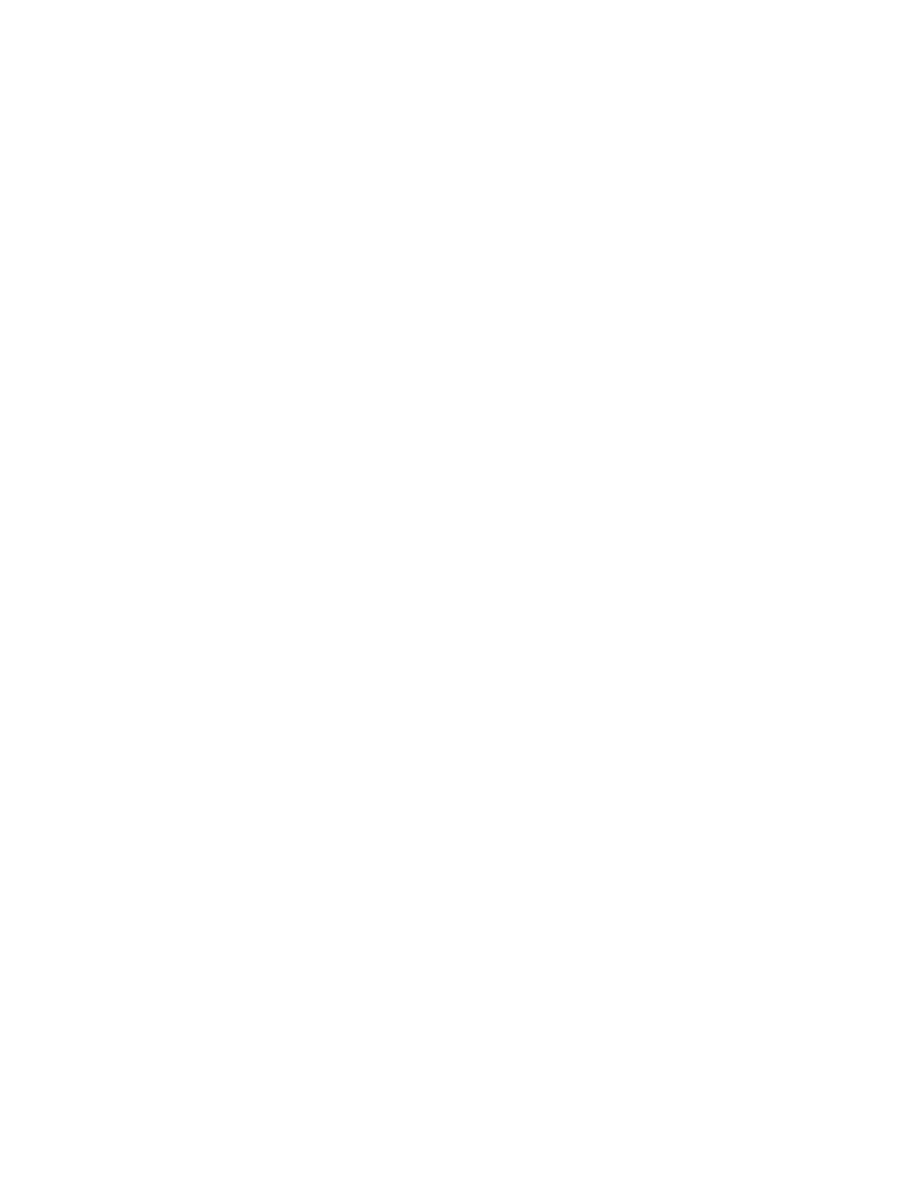
250
14 CFR Ch. I (1–1–14 Edition)
§ 23.777
(d) If certification for operation
above 25,000 feet is requested the wind-
shields, window panels, and canopies
must be strong enough to withstand
the maximum cabin pressure differen-
tial loads combined with critical aero-
dynamic pressure and temperature ef-
fects, after failure of any load-carrying
element of the windshield, window
panel, or canopy.
(e) The windshield and side windows
forward of the pilot’s back when the
pilot is seated in the normal flight po-
sition must have a luminous transmit-
tance value of not less than 70 percent.
(f) Unless operation in known or fore-
cast icing conditions is prohibited by
operating limitations, a means must be
provided to prevent or to clear accumu-
lations of ice from the windshield so
that the pilot has adequate view for
taxi, takeoff, approach, landing, and to
perform any maneuvers within the op-
erating limitations of the airplane.
(g) In the event of any probable sin-
gle failure, a transparency heating sys-
tem must be incapable of raising the
temperature of any windshield or win-
dow to a point where there would be—
(1) Structural failure that adversely
affects the integrity of the cabin; or
(2) There would be a danger of fire.
(h) In addition, for commuter cat-
egory airplanes, the following applies:
(1) Windshield panes directly in front
of the pilots in the normal conduct of
their duties, and the supporting struc-
tures for these panes, must withstand,
without penetration, the impact of a
two-pound bird when the velocity of
the airplane (relative to the bird along
the airplane’s flight path) is equal to
the airplane’s maximum approach flap
speed.
(2) The windshield panels in front of
the pilots must be arranged so that, as-
suming the loss of vision through any
one panel, one or more panels remain
available for use by a pilot seated at a
pilot station to permit continued safe
flight and landing.
[Doc. No. 4080, 29 FR 17955, Dec. 18, 1964, as
amended by Amdt. 23–7, 34 FR 13092, Aug. 13,
1969; Amdt. 23–45, 58 FR 42165, Aug. 6, 1993; 58
FR 51970, Oct. 5, 1993; Amdt. 23–49, 61 FR 5166,
Feb. 9, 1996]
§ 23.777
Cockpit controls.
(a) Each cockpit control must be lo-
cated and (except where its function is
obvious) identified to provide conven-
ient operation and to prevent confusion
and inadvertent operation.
(b) The controls must be located and
arranged so that the pilot, when seat-
ed, has full and unrestricted movement
of each control without interference
from either his clothing or the cockpit
structure.
(c) Powerplant controls must be lo-
cated—
(1) For multiengine airplanes, on the
pedestal or overhead at or near the
center of the cockpit;
(2) For single and tandem seated sin-
gle-engine airplanes, on the left side
console or instrument panel;
(3) For other single-engine airplanes
at or near the center of the cockpit, on
the pedestal, instrument panel, or
overhead; and
(4) For airplanes, with side-by-side
pilot seats and with two sets of power-
plant controls, on left and right con-
soles.
(d) When separate and distinct con-
trol levers are co-located (such as lo-
cated together on the pedestal), the
control location order from left to
right must be power (thrust) lever, pro-
peller (rpm control), and mixture con-
trol (condition lever and fuel cut-off
for turbine-powered airplanes). Power
(thrust) levers must be easily distin-
guishable from other controls, and pro-
vide for accurate, consistent operation.
Carburetor heat or alternate air con-
trol must be to the left of the throttle
or at least eight inches from the mix-
ture control when located other than
on a pedestal. Carburetor heat or alter-
nate air control, when located on a
pedestal, must be aft or below the
power (thrust) lever. Supercharger con-
trols must be located below or aft of
the propeller controls. Airplanes with
tandem seating or single-place air-
planes may utilize control locations on
the left side of the cabin compartment;
however, location order from left to
right must be power (thrust) lever, pro-
peller (rpm control), and mixture con-
trol.
(e) Identical powerplant controls for
each engine must be located to prevent
VerDate Mar<15>2010
10:12 Mar 18, 2014
Jkt 232046
PO 00000
Frm 00260
Fmt 8010
Sfmt 8010
Y:\SGML\232046.XXX
232046
pmangrum on DSK3VPTVN1PROD with CFR